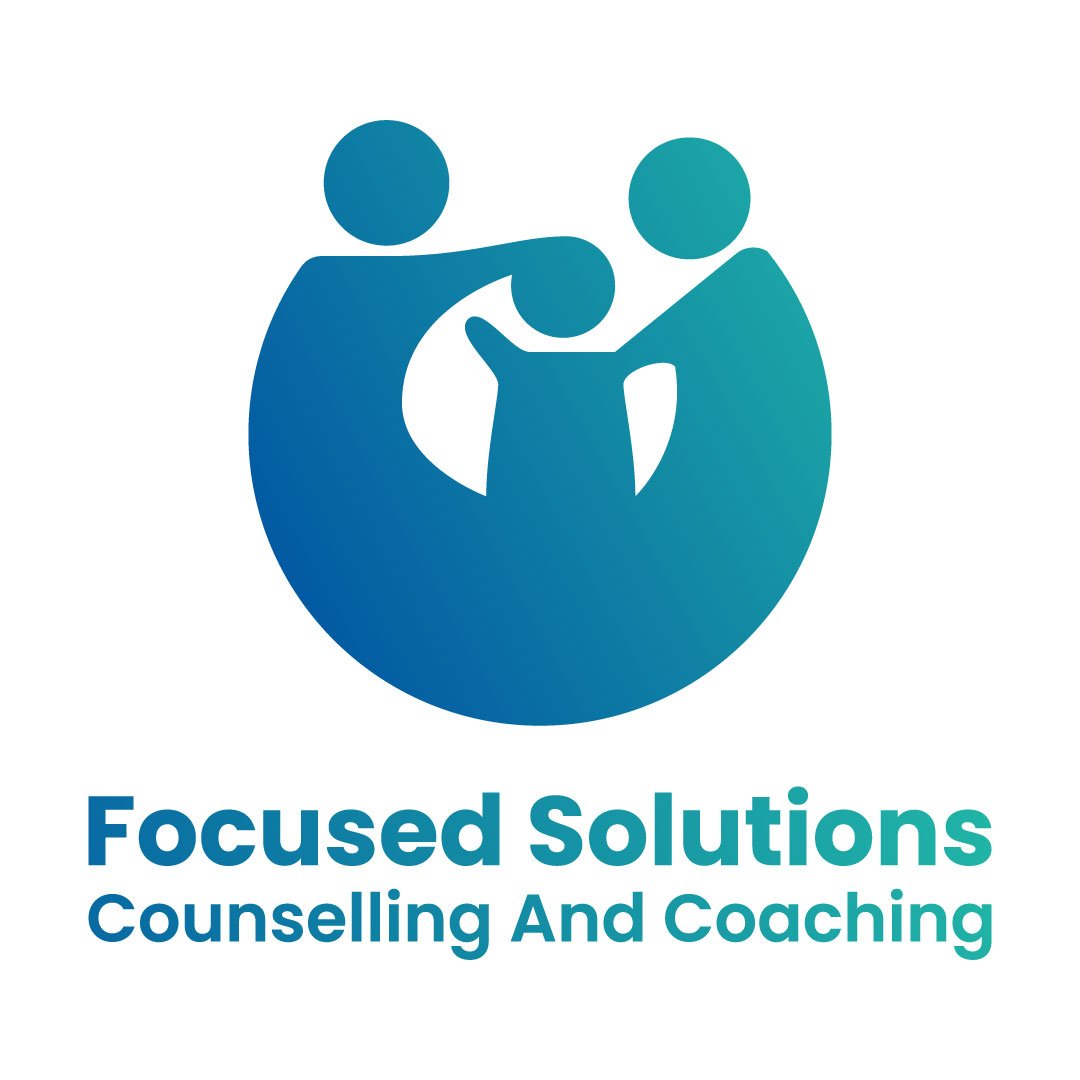Diagnosis
As a psychologist, one of the tools I may use to understand and address mental health concerns is the Diagnostic and Statistical Manual of Mental Disorders, Fifth Edition (DSM-5-TR). This guide provides standardized criteria to help diagnose a wide range of psychological conditions, which may offer clarity and direction for treatment planning. However, while the DSM-5-TR can be an invaluable resource, it’s important to approach it with an awareness of the broader, post-modern perspective that invites us to consider the complex nature of human experiences beyond the confines of a diagnosis.
Understanding Diagnoses
Psychologists are trained to assess and diagnose mental health conditions using tools like the DSM-5-TR (Diagnostic and Statistical Manual of Mental Disorders, 5th Edition Text-Revised).
Provisional or confirmed diagnoses can help validate your experiences and guide treatment, but they are not a complete explanation of who you are.
The Possible Positive Aspects of a Diagnosis
While a diagnosis should never define you, it can bring positive outcomes. It offers a framework to understand what’s influencing your thoughts, feelings, and actions. For example, diagnosing anxiety may uncover factors like trauma or stress, helping guide effective treatment.
A diagnosis can also be reassuring and validating—it shows there are clear reasons for your struggles and that you’re not alone. Many people face similar challenges, and knowing this can foster connection and hope. The right diagnosis is often the first step toward tailored, effective care.
The Possible Negative Consequences of a Diagnosis
Post-modern perspectives question how the DSM has grown from 130 pages in 1952 to over 1,100 today, highlighting the influence of pharmaceutical and biotech industries. These viewpoints challenge traditional medical models and the power dynamics shaping what we call “mental illness.”
Medicalizing Human Experience
Critics argue that the DSM increasingly pathologizes normal life—turning grief, shyness, or stress into diagnosable disorders. This expansion often reflects societal pressures more than true medical need
Industry Influence
Pharmaceutical companies benefit financially when more conditions are defined. As new diagnoses appear, new medications follow. Post-modern critiques suggest industry lobbying can skew the DSM to prioritize profits over patient well-being.
Pathologizing Normal Struggles
Labeling everyday challenges as disorders can change how society views natural emotions, potentially leading to unnecessary medication and an over-reliance on diagnosis.
Cultural and Social Bias
What’s considered “abnormal” evolves with cultural norms—and those norms can be shaped by market forces. Behaviors once seen as part of life are now labeled as illnesses requiring professional intervention.
Lack of Transparency
Many DSM contributors have ties to pharmaceutical companies, raising concerns about conflicts of interest and bias in how conditions are defined.
Impact on Identity and Stigma
Labels can help people understand their struggles but may also limit their identity and increase stigma. The more diagnoses there are, the more likely people are to see themselves primarily through those labels.
While the DSM’s growth has helped recognize real mental health needs, it also highlights the tension between care and commerce. The challenge is to honor the usefulness of diagnoses without over-diagnosing or reducing people to their labels.
Moving Beyond Labels: A Holistic Approach
Mental health isn’t one-size-fits-all. While a diagnosis can offer clarity, we focus on understanding the whole person. Together, we’ll explore your strengths, relationships, and hopes, so you can heal and thrive.
You are much more than any diagnosis—let’s discover who you truly are and build the life you want.


